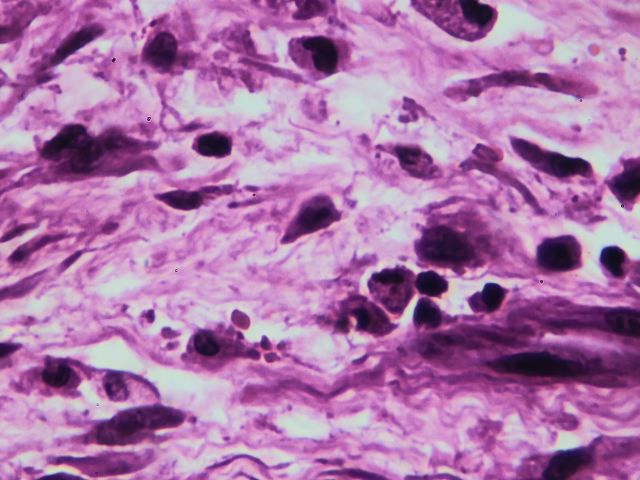January 28, 2024 is World Leprosy Day. Let’s talk about it!
Leprosy, also known as Hansen’s disease, affects around 200,000 people all over the globe each year. Previously, it was considered a devastating and highly contagious disease. But now we know it does not spread easily, and if treated on time, it can be cured well. However, if treatment is delayed, it can cripple a person physically and lead to blindness.
Leprosy is a neglected tropical disease (NTD) that is common in tropical regions having the most common incidence in India, Indonesia, Myanmar, Brazil, and Nigeria.
In the USA, the incidence of leprosy is very low. However, around the world, approximately 2 million people are permanently disabled because of it.
Countries that reported more than 1000 cases of leprosy between 2011 to 2015 to the World Health Organization are as follows:
- Africa: Democratic Republic of Congo, Ethiopia, Madagascar, Mozambique, Nigeria, and the United Republic of Tanzania
- Asia: Bangladesh, India, Indonesia, Myanmar, Nepal, Philippines, and Sri Lanka
- Americas: Brazil
Leprosy is caused by the Mycobacterium Leprae – a bacteria that is mildly transmissible. It affects the skin, eyes, mucosa of the upper respiratory tract, and peripheral nerves. If treated timely, it does not cause many symptoms. If not treated on time, it can result in progressive changes and permanent disabilities. The person affected by leprosy may also have to face discrimination and stigmatization.









